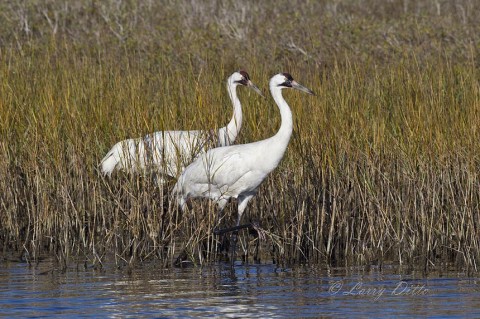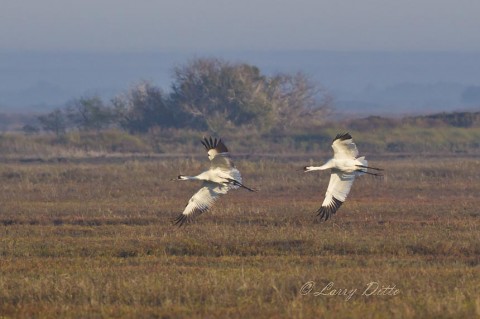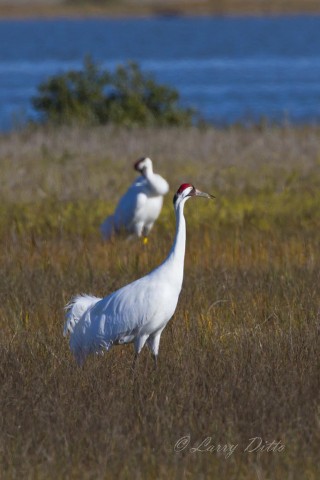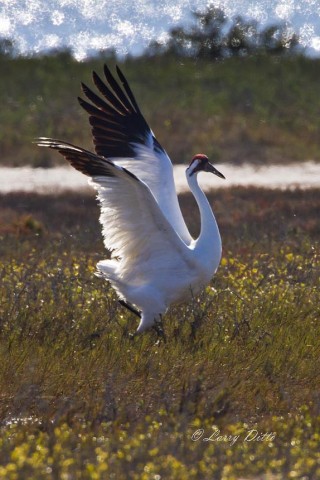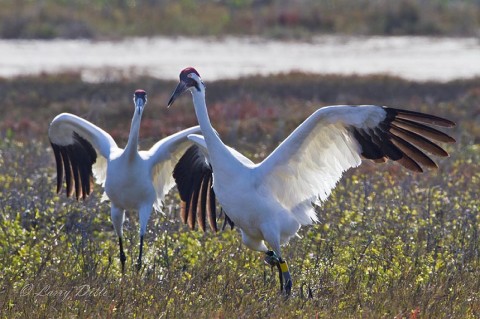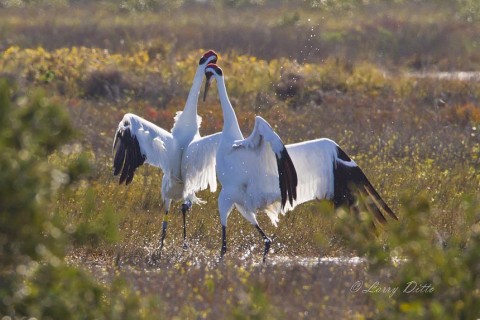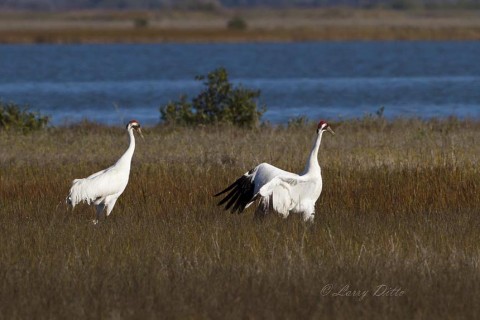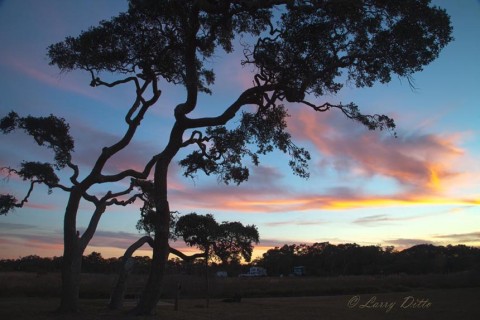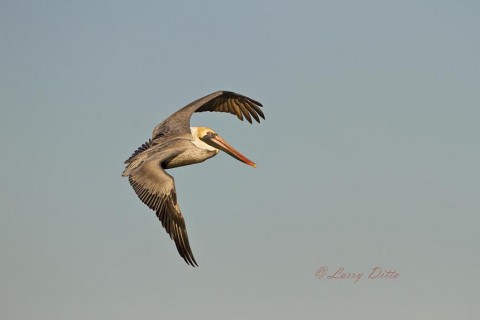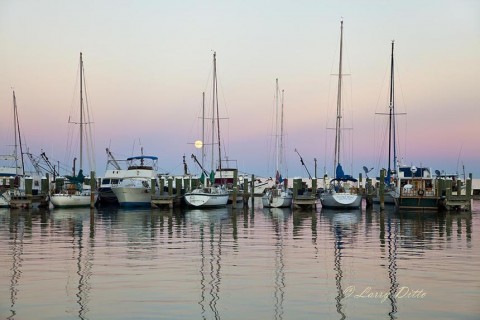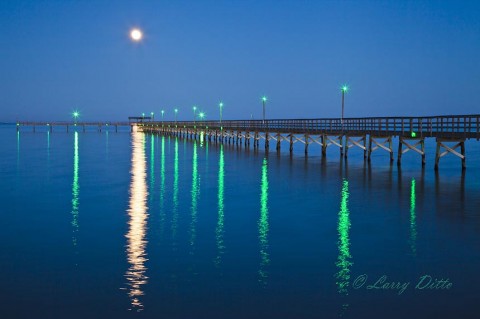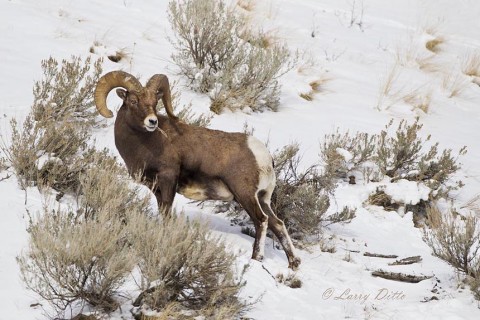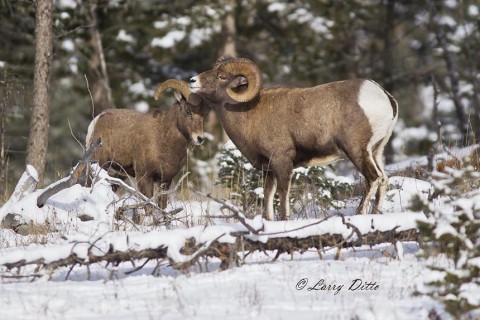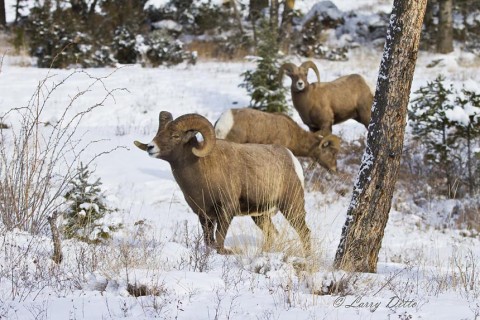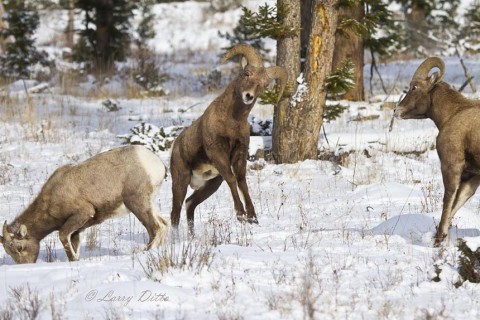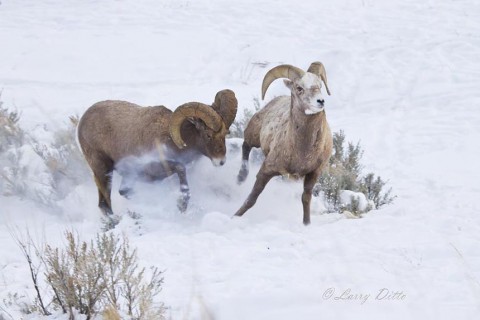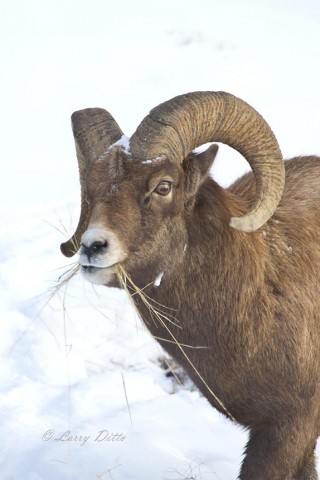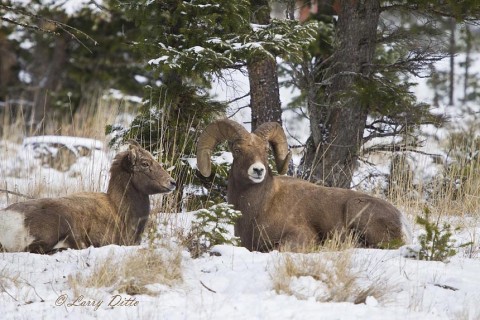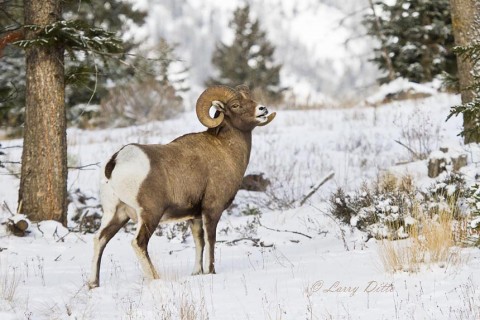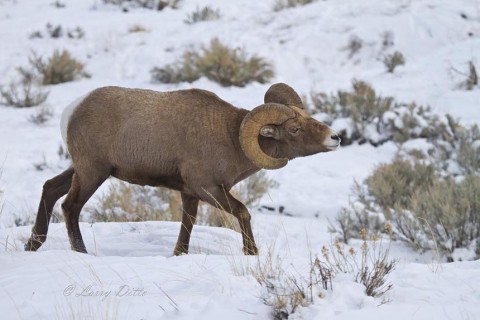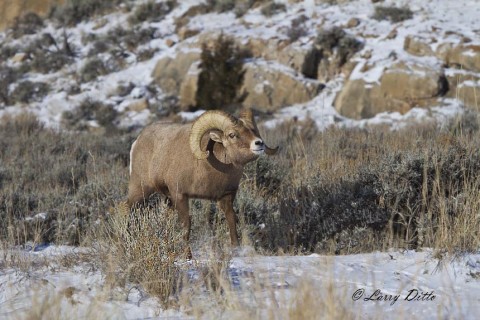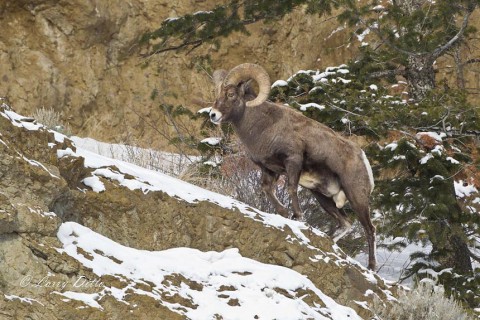I just finished three days with a group of 5 photographers at Aransas National Wildlife Refuge. Of course, we wanted to capture endangered Whooping Cranes (in the camera), but the trip was much more productive than we anticipated as you will see from the photos below.
We only had one good weather day, but we captured many, many images during the photo tour. On the other hand, that’s why we always do at least three days…to improve our chances of getting at least one day with the right light and wind. A monster winter storm blew in just as we concluded our third day of shooting.
Three weeks from now, I will be leading photography tours and workshops in Port Aransas for the Whooping Crane Festival. If you haven’t signed up, do it now before they fill. I look forward to seeing some of you there. If not, maybe at Galveston’s NatureFest in April.
“Thank you” Paul Denman for repairing my WordPress template for the newsletters. All of you Mac and PC users can now open the images by clicking in the upper right corner. That will enlarge and brighten them. Advance through the photos by clicking on the arrow at the right edge of each photo.
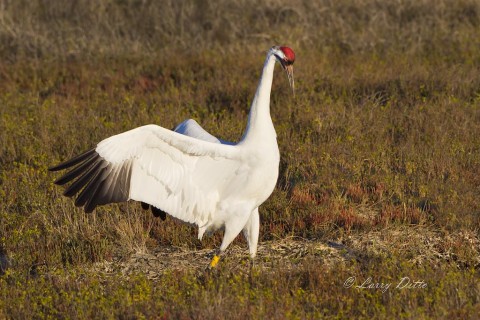
My Canon Mark IV is on its way to Canon for a second attempt at fixing something in the mirror assembly. So, most of these images were done with the trusty 7D and Canon 500 mm IS lens.
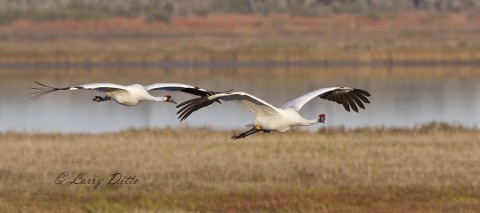
Check out those eyes on the lead bird. It watched us while flying across the marsh to challenge a group of juvenile birds feeding in his territory.
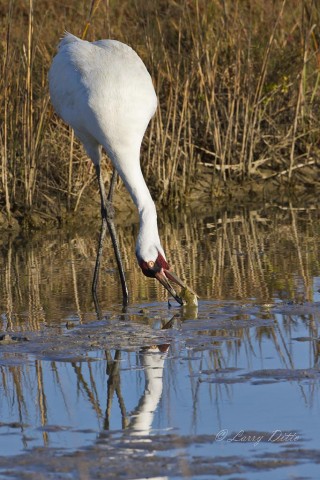
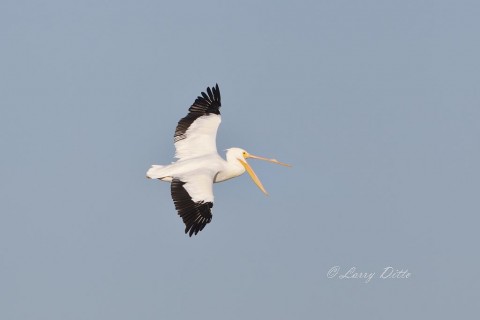
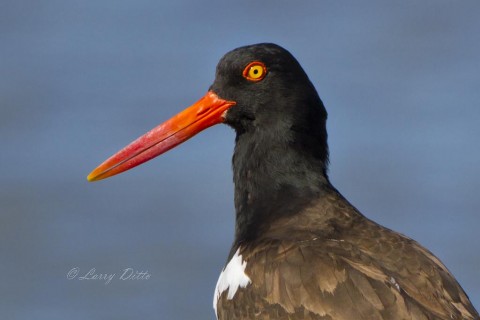
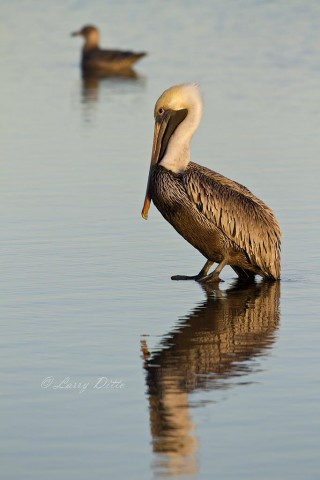
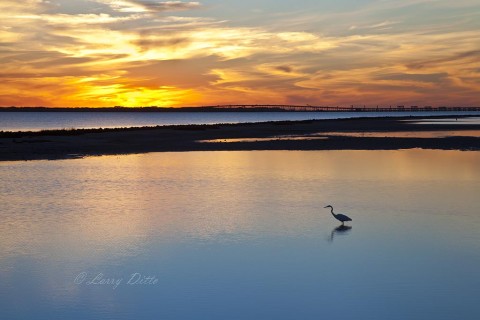
The shot above was done with a Canon 5D Mark II camera, Canon 24-105 mm lens, Gitzo Carbon Fiber tripod, Feisol ball head, electronic shutter release and mirror lockup.
I like to set the shutter speed to at least 1/2,000th second to freeze birds in flight.
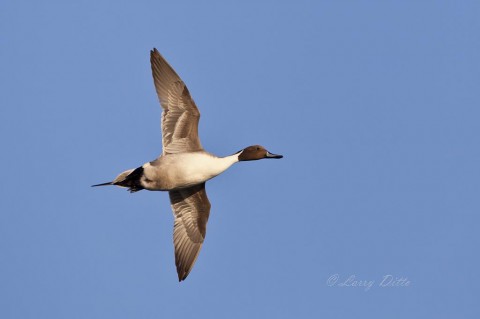
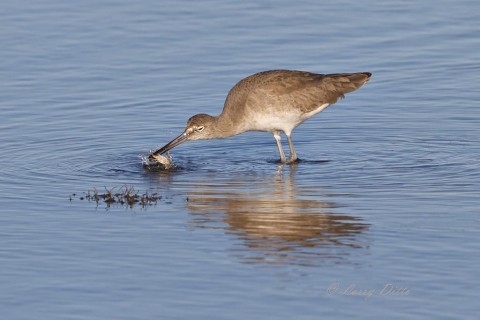
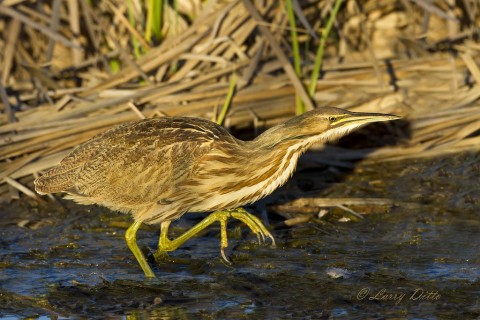
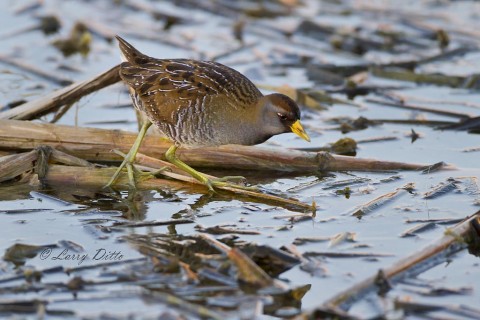
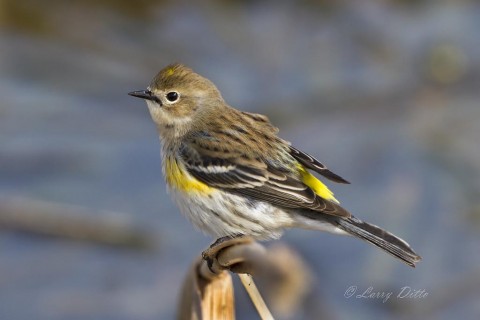
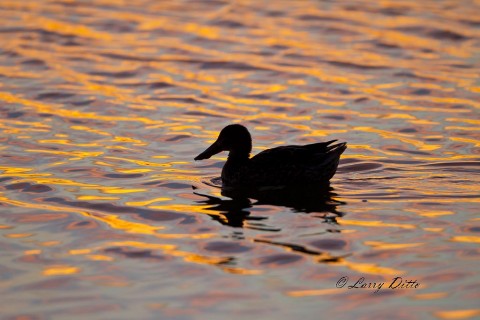
So, that’s the end of another great photography trip to the Texas coast. Many thanks to Fulton’s “Hampton Inn” for wonderful accommodations and friendly service.
Special Note: For those of you who really want a change of scene and if you are looking for some new and elegant birds, try Kathy Clark’s photo tour to Costa Rica. It’s coming up soon; get the details at her site ( www.KACProductions.com ).
Larry

